An Old Russian Trail During An Orthodox Christmas
Kala Sunder studied in Russia in the 70s during the Soviet era. Back there now, after several years, she shares her interest in Old Russian and looking for it in the Christmas service of the Russian Orthodox Church.
When you know a language's history, you better understand its present structure and relationship to other languages of the same family. For example, church Slavonic and Old Russian (also known as Old East Slavic) are the precursors to contemporary Russian, and I enjoyed studying these languages. However, they went out of common use long ago. They were taught by professors who deeply knew these so-called dead languages and valued their historical significance and aesthetics. Outside of academia, these languages are of interest to the Russian Orthodox Church, which uses them in the liturgy.
But in the 1970s, when I studied, there were few functioning churches, and I never heard Church Slavonic or Old Russian in practice. Since 1990 the state has handed churches back to the clergy, old churches have been restored, and new churches have been built. Services are conducted regularly. I wanted to listen to a service but was reluctant to go alone, and no one I know is a church-goer. Finally, a friend suggested we go to the Christmas service because it would be more beautiful (most Russians go to church because it is "beautiful") and longer, which meant there would be more to listen to.
Orthodox Christmas is observed on January 6 (according to the older Julian calendar). It was -20ºC, the coldest evening of the winter so far. This is the period of the 'Epiphany frosts'.
We set out at 6 pm to the Church of the Assumption at Putinki, a 10-minute walk from where we live. It is a beautiful little church with several green and gold onion domes. No, it has nothing to do with Putin. The area's name is Putinki, from the Russian word 'put' for path or road, as in sputnik or co-traveller. The main road of this area used to lead from the Kremlin to towns in the west and north, hence the name Putinki.
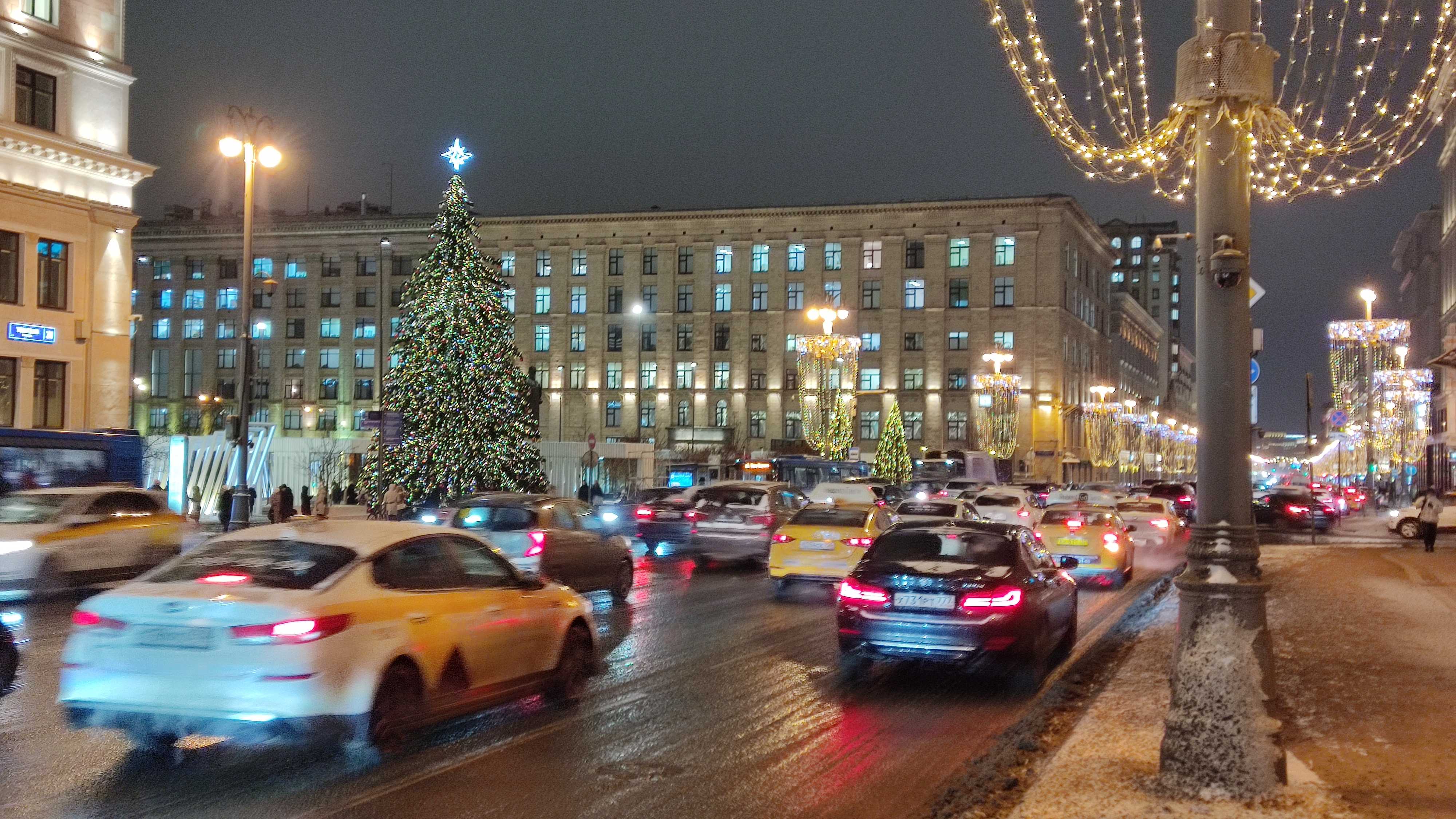
There was little activity in the lane leading to the church, and the notice near the entrance said the Christmas service would start at midnight. We had a Plan B – the Vysoko-Petrovsky Monastery, a further 15-minute walk. According to their website, the service was to begin at 6 pm and go on through the night. But before leaving, I wanted to look at the nativity crib and Christmas tree that must be somewhere in the small church compound. We saw two men in padded work clothes fiddling with wires, one perched atop a short ladder. They hailed us warmly and urged us to step into the church and warm ourselves while they set things up. It was already dark, and we had not noticed that they were working on the crib and the tree. It seemed churlish to walk away, so we entered the church. It had been restored recently. Every inch of the walls and ceiling was painted with bright biblical scenes, with blue predominating. It could have been distemper from Bangalore.
Flowers were being arranged (lilies at the height of winter!), the floor was being swabbed, everything that glittered was being rubbed, and the glass covering on icons was being wiped to remove marks left by the faithful foreheads and lips kissing the icon. We bought a couple of candles and lit them before the icon of the Mother of God. Pray for peace, we heard a woman tell her little daughter. When we stepped out, we caught sight of the two men who had been "setting things up". In the porch light, we realised that one was the priest, the other probably a parishioner. "Come back later," they called out, "we're almost done." It was all very friendly and informal.

The Vysoko-Petrovsky Monastery is at a slight elevation, and we maintained our brisk pace up the incline to stay warm. The cold still got to the cheeks and the tip of the nose. We had to stop at two pedestrian crossings along the way. My friend wiped her eyes, which water when it is this cold, and I wiped my nose.
One of the outlying buildings of the monastery complex used to house the Literature Museum, which we often visited during our student days. Some of our classmates worked there later. The monastery was closed after the Revolution, but the churches remained open. A small monastery functioned here in secret from 1923 until the authorities discovered it in 1929. All the churches were then shut down. The buildings turned into apartments, mechanical repair shops, and later into a kindergarten, sports hall, library, and auditorium. In the 1970s, it was barely recognisable as a former monastery. Then, in 1992, the territory returned to the Russian Orthodox Church. It is now a functioning monastery with several churches.
The Christmas service was already on in the Church of Saint Sergiy Radonezhsky, one of the most revered saints of the Russian Orthodox Church. It was not audible outside because of the two heavy wooden doors that also kept out the cold. There was the familiar smell of incense as we entered. Unlike in the little church, the clergy were in ceremonial robes of white embroidered with silver thread in intricate patterns. Some of the monks were in plain black robes. One of them was reading a prayer from a book. That is what I had come to hear.
I had to concentrate on making out the words and wished he would slow down. Gradually, I began to recognise a few words here and there in the stream. Then, just as it was all becoming clearer, the reading stopped, everyone crossed themselves, and the choir broke into song. I couldn't follow anything in that pronunciation, but the music was joyous and uplifting. It was a male choir, and the voices were strong and controlled.
The reading resumed, the altar doors opened, and a senior clergyman emerged in even finer clothes, holding a staff with a cross. He walked majestically to a small raised platform in the middle of the church. There was more waving of the incense holder; an icon was brought out from the altar and held before the senior clergyman. He began to recite from memory. In his inflection, I could catch the vowel sounds slightly different from the modern Russian pronunciation. The prayer ended with a repetition of the last line three times – a familiar routine in our prayers too. Then it was time for communion. The monks lined up before the priest, and some of the congregation formed another line. But most of the people watching, like us, lit a candle and slowly left the church. This process would be repeated several times during the night, another friend explained later.
There are no pews in Eastern Orthodox churches. People walk in, stand silently for as long as they like, light candles to their favourite saint and leave. The official view is that it is disrespectful to sit during service. (I find it rude to enter in footwear, but in a cold climate going barefoot would be a form of penance.) Some Russians offer a more mundane explanation for the lack of seating. There were never enough churches relative to the population, so there was only standing room.
The service cannot fail to move. It is majestic, calculated to appeal to all the senses and transport one to a different plane. I, however, remained rooted in the language of the texts.
We did stop on our way back at the little Putinki Church to admire the crib and tree. The service here still needed to begin. But we had worked up an appetite, and dinner was waiting at home.
As for the sound of Church Slavonic and Old Russian, I now listen to recordings after experiencing the real thing. There I can slow down the speed.
Lead image: Church of the Assumption at Putinki. Courtesy: Wikimedia Commons.
Did you enjoy reading about looking for an old language while braving the cold and taking in a Russian Orthodox Christmas? Share your unusual experiences with us in the comments below or email us on editor@silvertalkies.com.
Comments
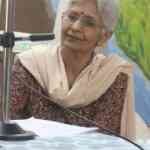

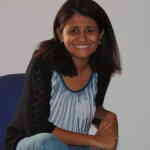
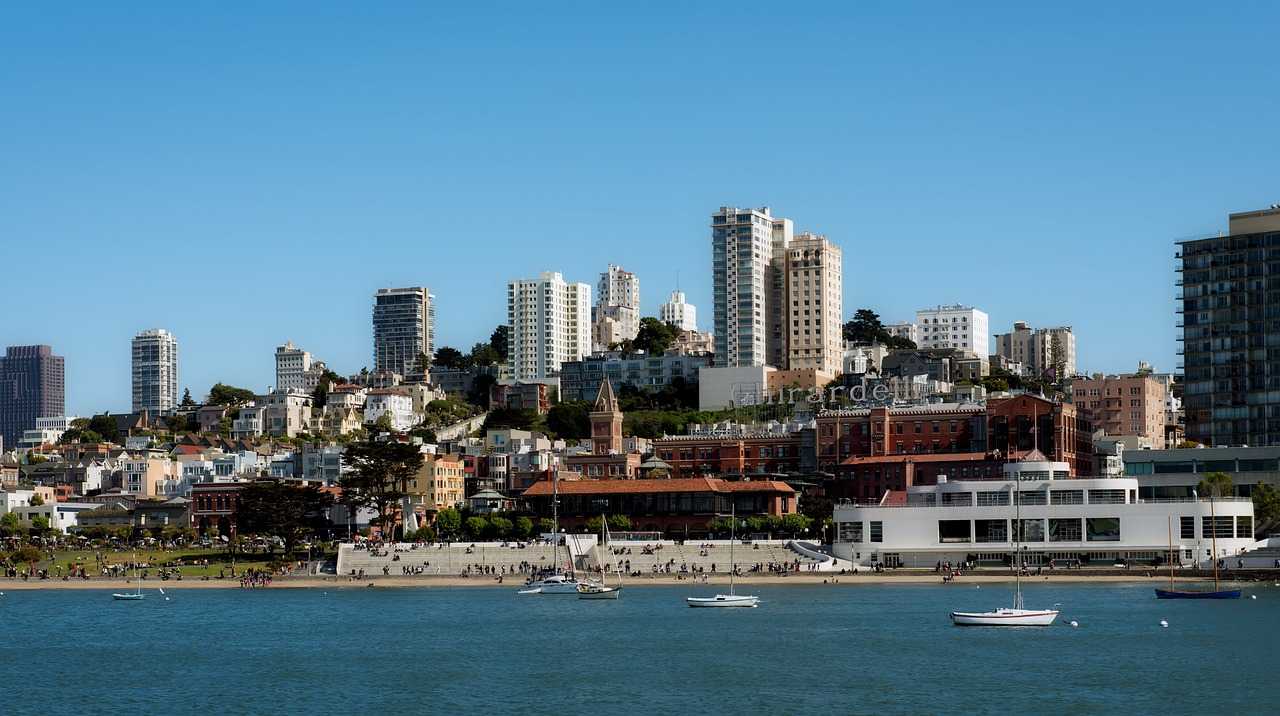
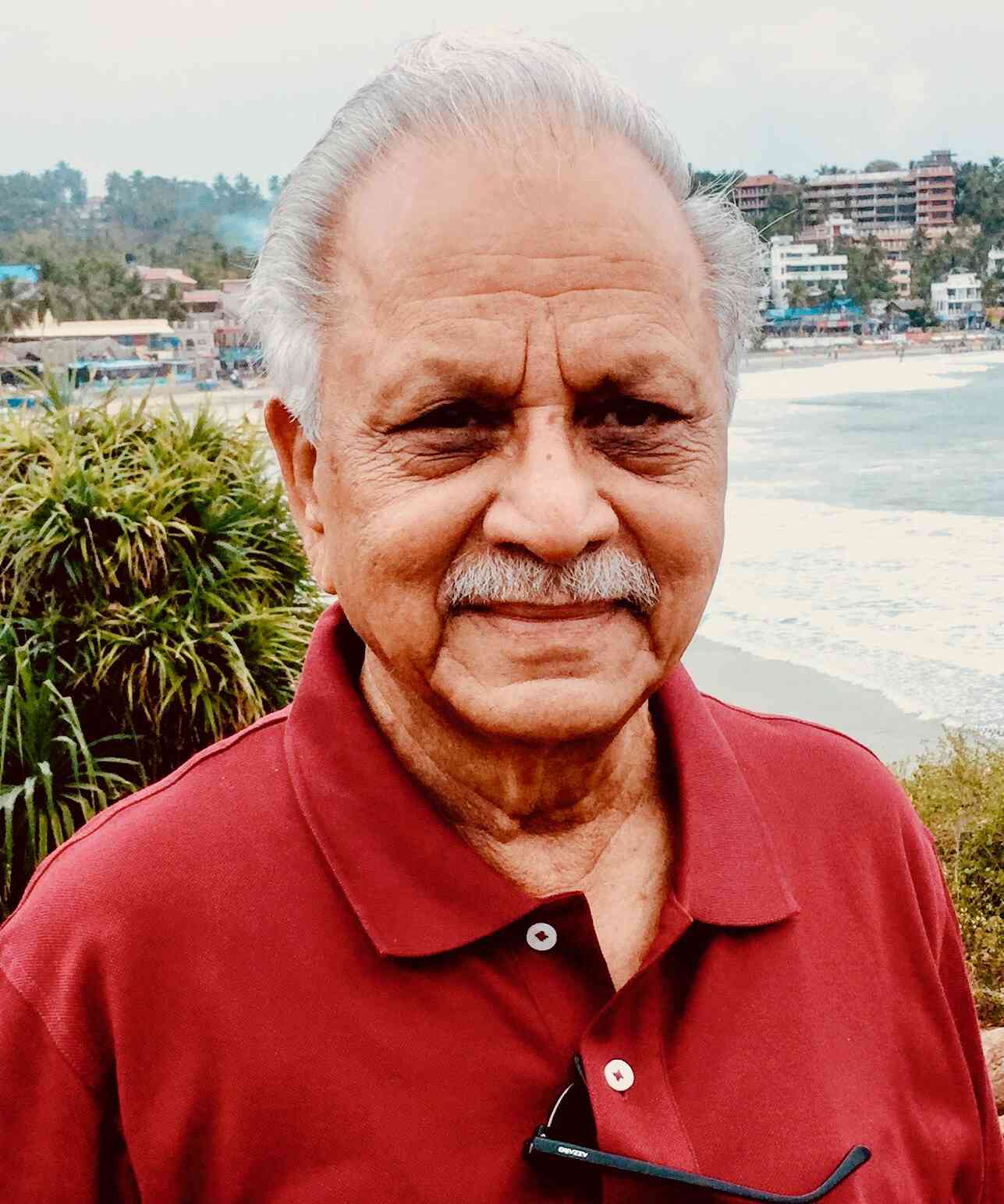
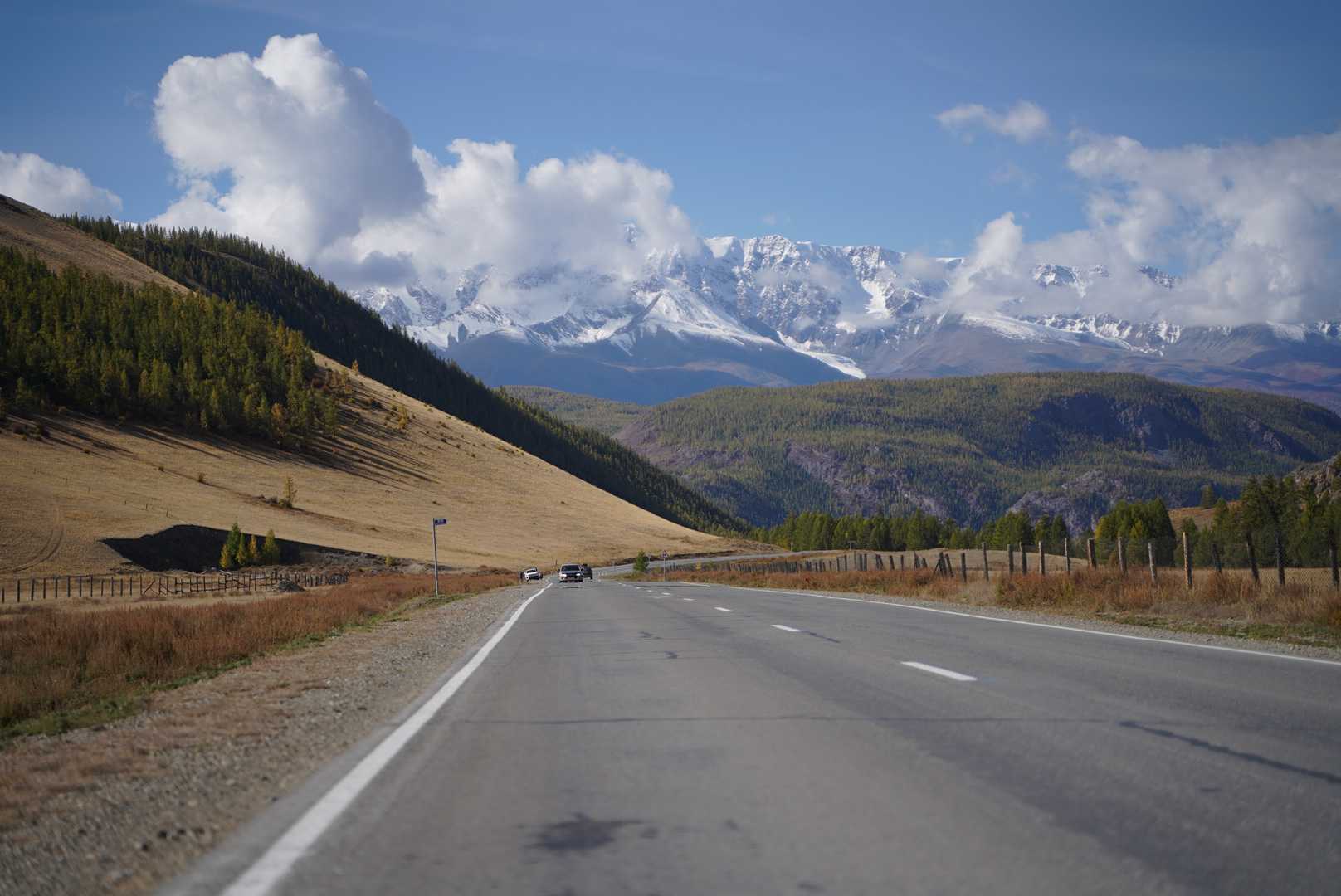
Post a comment